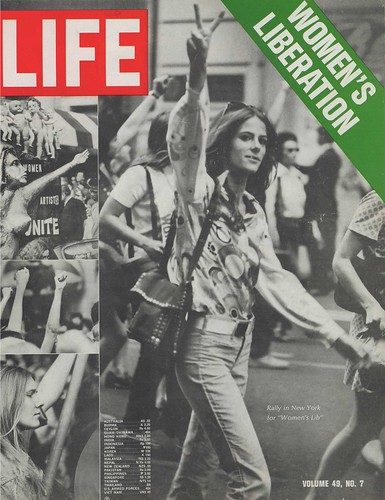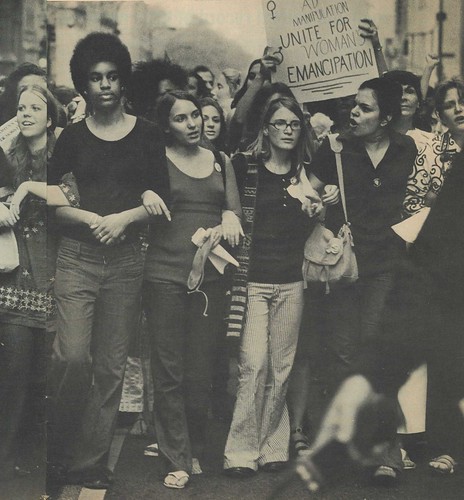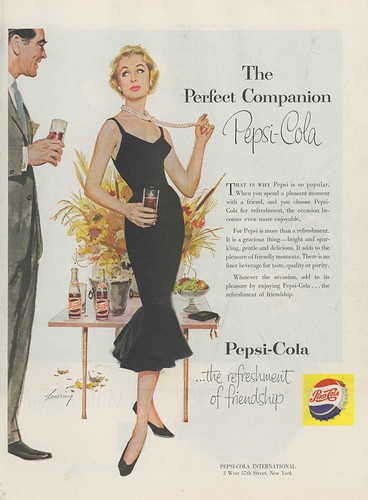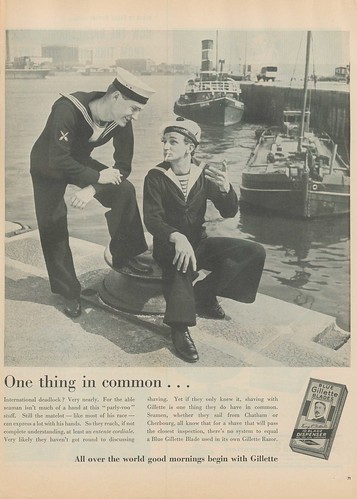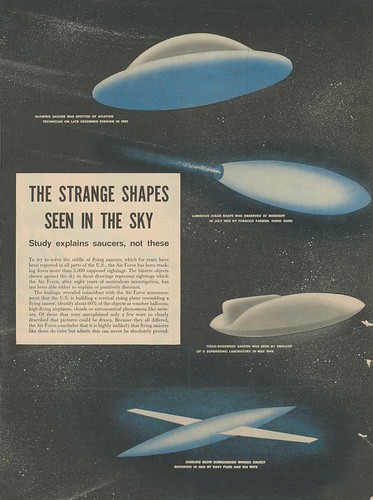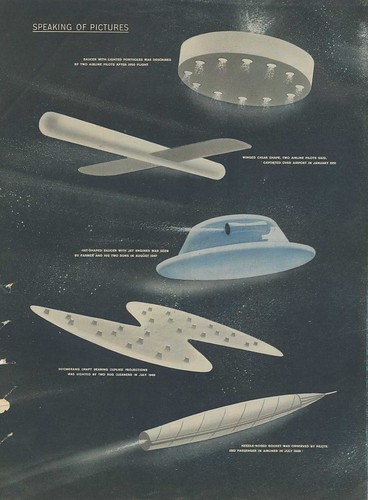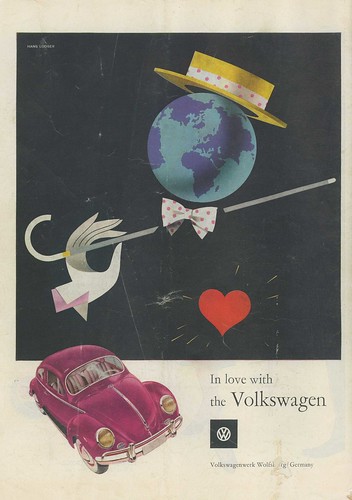The year was 1966. Nancy Sinatra released 'These Boots Were Made For Walkin''. The Beatles stated that they were "bigger than Jesus". And for the first time in five years, there was no new James Bond movie to delight and enthrall the masses. Obviously something had to be done, lest everyone decide they'd had enough of spies and go see 'Who's Afraid of Virginia Woolf?' instead. Thus 'Agent for H.A.R.M.', starring a bunch of nobodies doing nothing for no good reason, had its moment in the sun.
Then it plunged back into the long dark night of cinematic obscurity.
But, like an ancient talisman that is unearthed by foolish archeologists, unleashing its hideous power upon a defenseless world, it was revived as an episode of MST3K in 1997. And the horror than had remained dormant for thirty years was reborn.
Somewhere under all the flat acting, baffling script and listless production design there's a plot of sorts. Dr Jan Steffanic, a commie chemist who has created a deadly weapon based on fungal spores, has defected from the USSR and is working on an antidote to his weapon in a secret laboratory. Assisting him, or at least not getting in his way, is his hot blonde bikini-clad neice Ava. When his other, decidedly less hot, blonde or bikini-clad assistant Henry turns up dead, the US government sends an agent from H.A.R.M., Adam Chance, to check up on things.
What is H.A.R.M.? Such piffling details were beneath the notice of the scriptwriters, although if you look carefully you can see a sign in the final scene that claims the anagram stands for 'Human Aetiological Relations Machine'. Why an American government agency would use a British spelling of "etiological", or what the hell 'Human Aetiological Relations Machine' actually means is anyone's guess.
Stuff and nonsense, I say. I prefer to think that H.A.R.M. stands for the following:
H is for Hopeless dolt of a HeroJames Bond - athletic, suave, capable and discriminating. Adam Chance - out of shape, smarmy, useless and clad in a yellow knitted cardigan that emphasises his paunch. Obviously someone at Universal Pictures thought that America was ready for a sleazy, patronising, elderly secret agent whose only advantage over the bad guys was that he'd read the script. Obviously someone at Universal Pictures was an idiot.
 Him: Do you expect me to talk?
Him: Do you expect me to talk?
Her: No, Mr Chance, I expect you to change. What the hell were you thinking when you got dressed this morning?A is for AlcoholYou know that your spy organisation is in trouble when your leader is the infamously inebriated Wendell Corey. Propped up against a desk or a wall, with a great deal of concentration etched into every line in his face, he manages not to fall over. He slurs his lines like he has a mouthful of novocaine, and he has his glassy stare fixed just off the edge of the set, where no doubt a Best Boy stands by with an emergency bottle of gin, but at least he's upright.
R is for Restricted financesThe producers splurged on a classic Mercedes coupe for the lovely Ava, but the bad guys are getting about in a VW Beetle. They also have a Bedford van disguised as a dry cleaner's delivery truck, with "DRY CLEANERS" hand stencilled off centre on the rear doors. As for sets, the producers rented a decrepit beach house in a desolate neighbourhood outside San Diego, and come hell or high water they were going to wring every penny out of their investment. And why not use an arid, scrub-filled gully in southern California as a stand in for the countryside around the Iron Curtain? The Black Forest
is full of eucalypts, right?
M is for MoronsWhen you're making a movie that you intend will be the pilot for an exciting new TV show, then it's probably a good idea to hold off until you've got the finances together, the actors carefully auditioned and the script tweaked for maximum appeal. Throwing a hundred bucks, Wendell Corey and lines like "
You think you can't get hurt, Doctor, because this is America? Apple pie and all that jazz? Well, it's my job to keep the pie on the table, and nobody asks me how I do it!" at the problem isn't enough. It isn't even in the same timezone as enough. And yet the movie was made. How many careers does Hollywood have to ruin before they finally learn their lesson?
It's probably about now that I should make the inevitable "H.A.R.M. minimisation" gag, but frankly my will to live has already been sapped. I will leave that to future generations when, in another thirty years, once again 'Agent for H.A.R.M.' arises from the cinematic grave to wreak its unholy terror. Saints preserve them.



